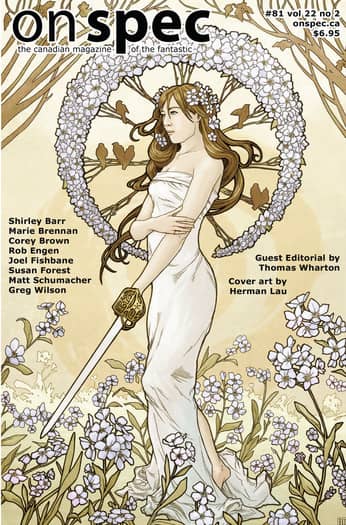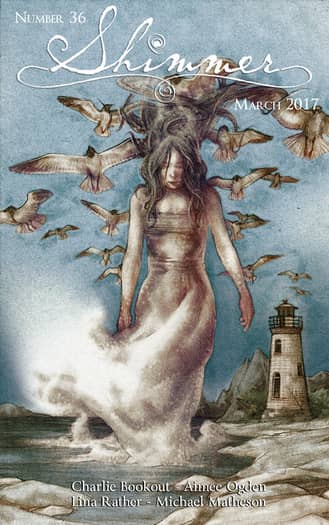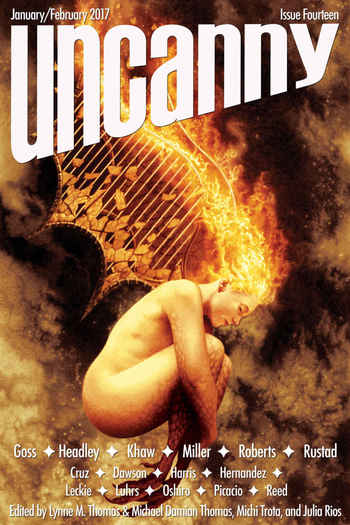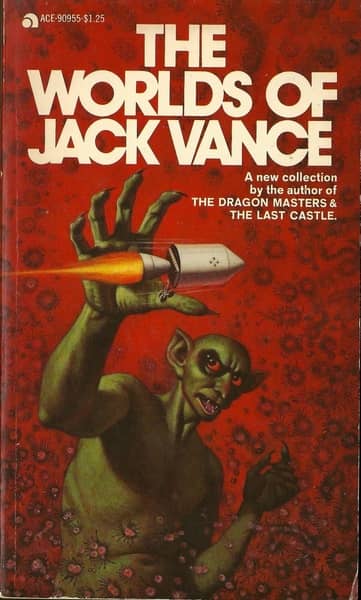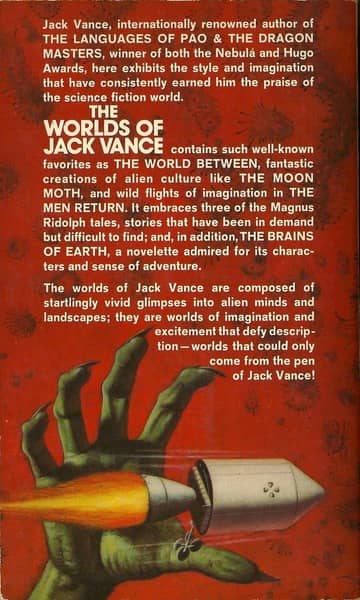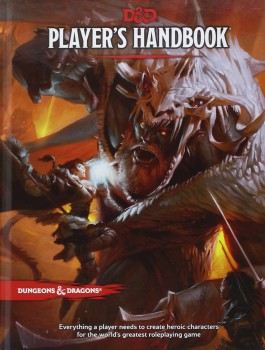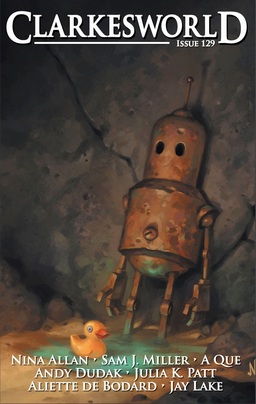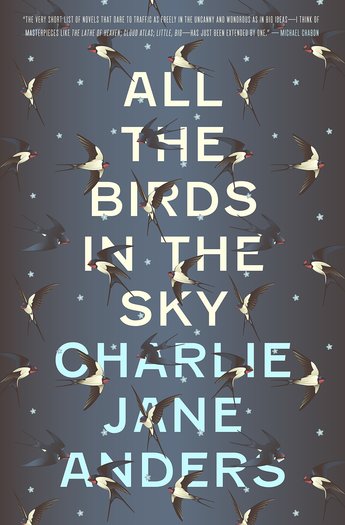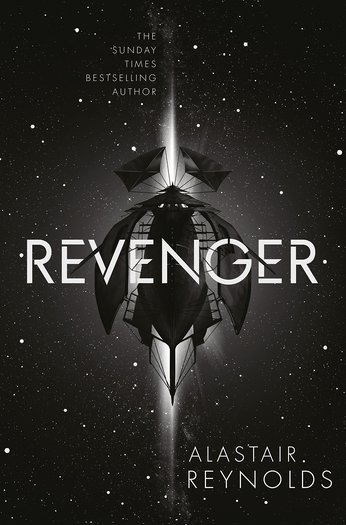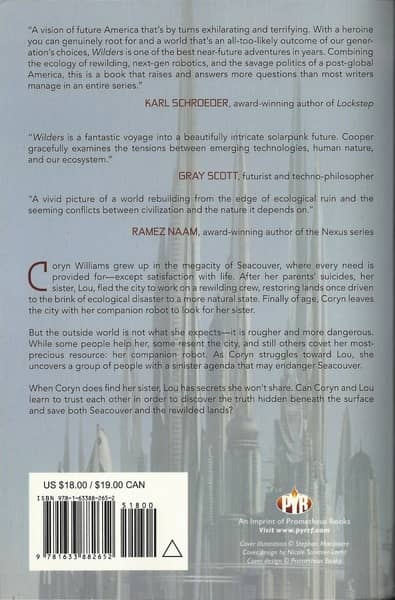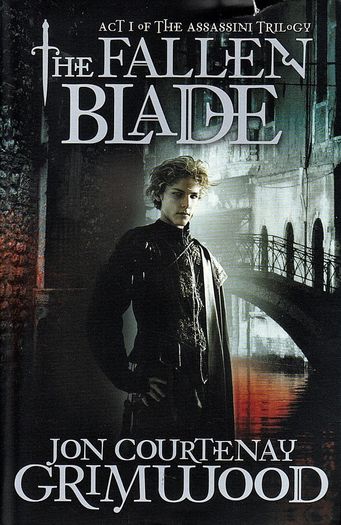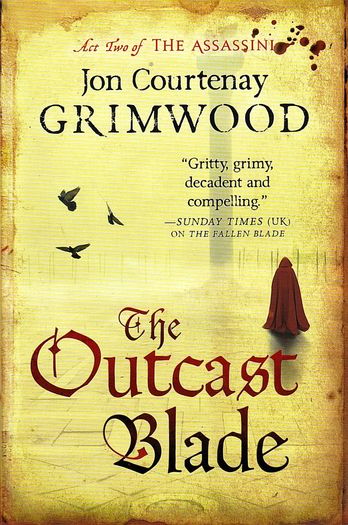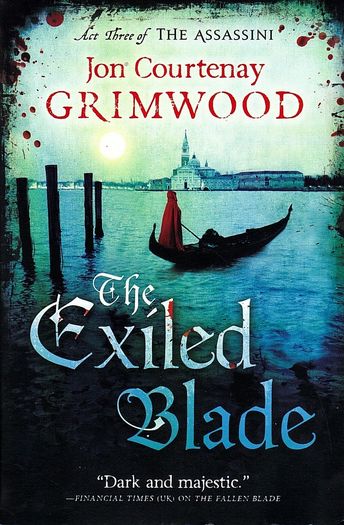Future Treasures: At the Table of Wolves by Kay Kenyon
 |
 |
I love science fiction conventions. They’re an opportunity to meet old friends, make new ones, and catch up on current events in the genre. And especially, they’re a chance to sit in on readings and — if you’re lucky — get a tantalizing early glimpse of upcoming new novels. That’s exactly what I did at the World Fantasy Convention last year, and I was rewarded with some of the most enjoyable readings I’ve attended in years. And among all that literary glory there was one reading, and one novel in particular, that really stood out. Kay Kenyon’s At the Table of Wolves, set in an alternate Britain where the psychic trauma of World War I has triggered the rise of paranormal abilities in ordinary people, and Nazi Germany has secretly begun to weaponize its most gifted citizens, completely captivated me. At the Table of Wolves is the novel I’ve anticipated most in 2017 and, after long months of waiting, it finally arrives in hardcover next month.
In 1936, there are paranormal abilities that have slowly seeped into the world, brought to the surface by the suffering of the Great War. The research to weaponize these abilities in England has lagged behind Germany, but now it’s underway at an ultra-secret site called Monkton Hall.
Kim Tavistock, a woman with the talent of the spill — drawing out truths that people most wish to hide — is among the test subjects at the facility. When she wins the confidence of caseworker Owen Cherwell, she is recruited to a mission to expose the head of Monkton Hall — who is believed to be a German spy.
As she infiltrates the upper-crust circles of some of England’s fascist sympathizers, she encounters dangerous opponents, including the charismatic Nazi officer Erich von Ritter, and discovers a plan to invade England. No one believes an invasion of the island nation is possible, not Whitehall, not even England’s Secret Intelligence Service. Unfortunately, they are wrong, and only one woman, without connections or training, wielding her talent of the spill and her gift for espionage, can stop it.
Publishers Weekly calls the novel “A superb adventure, worthy to launch a distinguished historical fantasy series,” and Black Gate author Martha Wells calls it “A fabulous read. It’s got the feel of Foyle’s War and the tense mystery plot of a spy thriller.” We previously covered Kay’s 2015 novel Queen of the Deep, and her last blog post for us was “When Ideas Collide.”
At the Table of Wolves is described at the first novel of Dark Talents. It will be published by Saga Press on July 11, 2017. It is 421 pages, priced at $26.99 in hardcover and $7.99 for the digital version. The cover is by Mike Heath.
